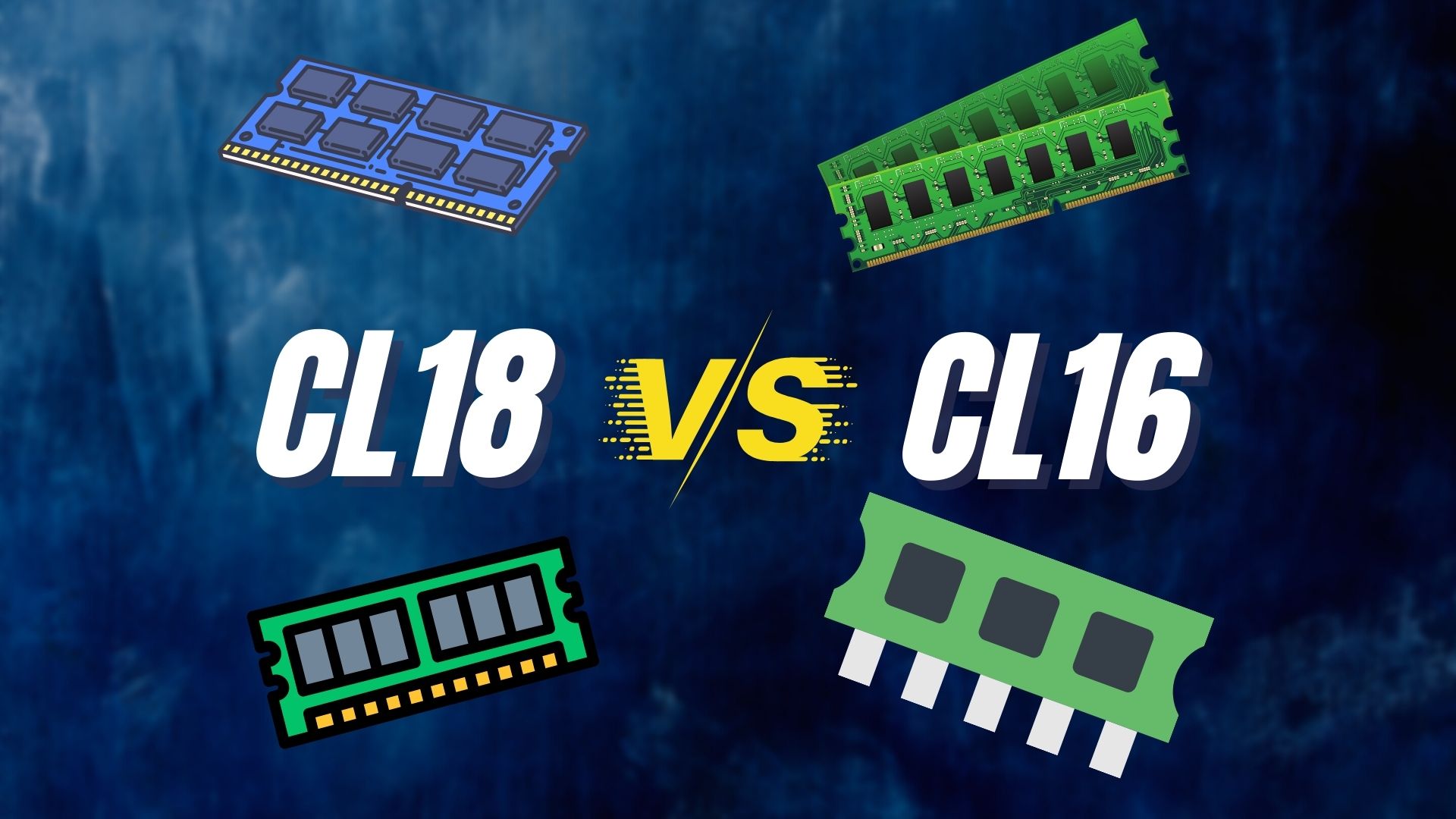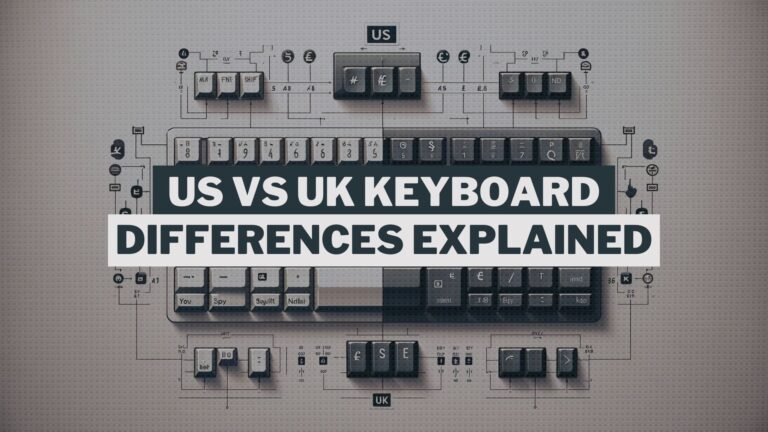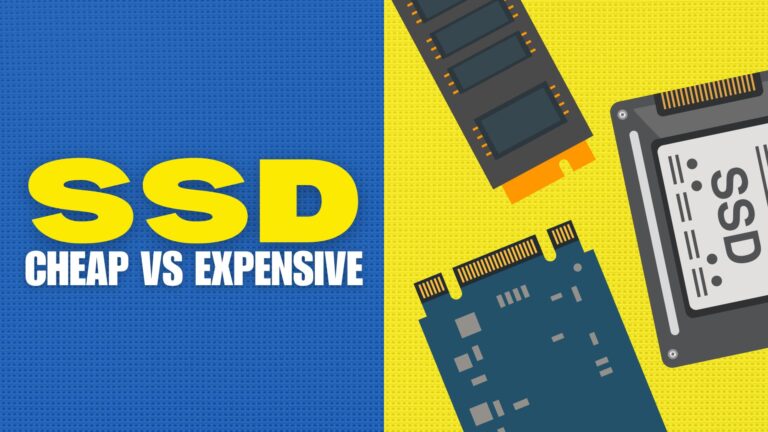Many people believe that the most crucial part of a computer is the memory or RAM. This statement is especially true if you are a gamer. RAM stands for Random Access Memory, and it is a term we get to hear quite frequently in the gaming community. To be more specific, RAM is a temporary memory that manages all the active processes and applications of the computer. The speed and overall performance of computers are also heavily dependent on the RAM.
So, from all this, we can understand how crucial it is to select the right RAM for your PC to get the maximum outcomes. But how can we differentiate between a good and a great RAM? In this article, we will help you understand everything related to getting the perfect RAM for your computer. So let’s dig right into it.
Before we get into the discussion of CL18 Vs. CL16, let us find out what CL even means and its significance in identifying a good RAM for your PC.
What is CL?
CL is short for CAS Latency. The term CAS Latency is an acronym for Column Access Strobe Latency. It refers to how quickly your RAM can process and prepare data in response to orders from your CPU. Let’s discuss it in a bit more detail.
The number of clock cycles it requires your RAM to execute an order from your CPU is known as CAS Latency. When the RAM tries to retrieve data from the computer’s memory column, it reports the time delay in clock cycle times. For asynchronous DRAM, nanoseconds are used to denote the time. And, in synchronous DRAM, clock cycles are used as the unit of measurement. In a broader term, The CAS, or Column Address Strobe or Signal latency of a RAM module is the number of clock cycles it takes the RAM module to access a particular set of information in one of its columns and make that data accessible on its output ports once the memory controller orders it to.
Now, CAS latency can be described in a variety of ways. For instance, a RAM kit with a CAS latency of 16 might be labeled as CAS 16 or CL16 or as containing CAS 16 timings. Irrespective of memory speed, lower CAS latency equals quicker performance. So when looking for a higher-performing RAM, keep an eye out for the ones with a comparatively low Column Access Strobe Latency.
Many people confuse CAS timings with data transfer rates. But it’s important to keep in mind that these two can be different for RAMs. It is common for CAS timings to change across two RAM kits with the same transmission rate. We can look at the DDR4-3200’s CAS timing and data transfer rate for an example.
Now that we have cleared what CL or CAS Latency is, we will discuss the key components that affect RAM performance to get the ultimate answer to the CL18 Vs. CL16 debate.
CL18 Vs. CL16: Speed
The speed of RAM is a complicated topic. You might think that it is only dependent on the clock speed, but in reality, RAM speed is determined by many elements. The data transmission rate is the first and most commonly mentioned aspect of RAM speed. This is the volume of data that a RAM can send and receive from its CPU. But to get a true idea of how fast your RAM is, you must examine both the CAS latency and the clock speed of your RAM at the same time.
The CL range or CAS latency for RAMs differs with their speed changes. The unit of measurement for memory speed is Megahertz (MHz). It’s a metric for a RAM’s clock speed, which determines the number of times the RAM can access its memory per second. You can find out the CAS latency of your RAM by looking at the manufacturer’s website or your RAM stick. The RAM stick usually showcases a series of three or four digits, and the first one indicates your CAS latency.
A CL range of 14-16 is typical for 3200 MHz RAM, whereas a CL range of 15-19 is typical for 3600 MHz RAM. The former one has a larger range, whereas the latter one falls behind. This means that, although it has greater memory speed, a CL14 3200 MHz RAM will outperform a CL18 3600 MHz RAM. So, If you want to get the most out of your computer, make sure to keep your CAS latency as minimal as you can.
CL18 Vs. CL16: RAM Latency
We understand how the CAS latency comes into place when determining the speed of a RAM. But it must be combined with other variables to calculate the total latency of your RAM.
As previously stated, RAM latency is the amount of time it takes for the memory to complete a clock cycle, which is determined by the RAM speed. Higher RAM speeds result in decreased RAM latency, resulting in speedier performance. We won’t go into this in-depth because it’s quite intricate, but while reading RAM specs, you’ll find figures structured like 6-8-8-22. These four values represent the time it takes the RAM to accomplish various tasks. Overall, the lower these values are, the faster the RAM.
Now let us find the correlation between all these specifications. The CAS latency and RAM latency are interrelated. So, a thorough understanding of both these terms is essential to understand their effect on the overall performance of RAM.
Faster RAM equals reduced RAM latency, meaning that your RAM can access memory more times a second with less time between cycles. Furthermore, RAM with a lower CL rating can perform the task in fewer cycles versus RAM with a better CL rating.
We will take the same 3200MHz RAM for CL16 and 2600MHz RAM for CL18 as references for ease of understanding. A CL16 will perform substantially quicker than a CL18 at this memory speed. CL16 and CL18 have similar latency, with CL18 being somewhat slower. As a result, you may process data quicker with a CL16 RAM since it takes two fewer cycles to complete the task than a CL18 RAM. But because there is a somewhat broader margin, the difference between CL18 and CL16 would be less visible than if they were compared at 3200 MHz memory.
CL18 Vs. CL16: RAM Performance and CPUs
RAM performance is affected by different CPUs in different ways. In this article, we will be looking at some of the most popular CPUs and how well they pair with the CL18 and CL16.
AMD Processors
AMD stands for Advanced Mirco Devices. Typically, Ryzen CPUs have been more delicate to RAM speed over their Intel Core equivalents. These processors tend to have faster memory speeds. But regardless of that, the overall RAM performance of a Ryzen-based processor might not be up to the mark.
The CPU core and AMD Ryzen CPU chips each have their unique clock time characteristics. This is termed the infinity fabric core system. This system has its own clock cycle, known as FCLK, which is typically limited to a clock speed of 1800 to 2000 MHz. When the memory speed is twice the clock cycle, this FCLK can operate at its finest. This also directly impacts the infinite fabric system’s latency period. So, by lowering the amount of processes required to perform a command, you can make the most of Ryzen’s tight clock cycles.
Hence, if you have a Ryzen CPU, you can mostly ignore clock speed and focus on a lower CL. We suggest choosing the CL16 over the CL18 one. Although, if you don’t mind the slight 1% difference in performance that solely affects gaming, going with the CL18 will not be a bad decision either.
Intel Processors
In Intel CPUs, things are the opposite of what we saw in AMD processors. Things don’t happen with such a tight clock time to coordinate with the memory clock time in Intel CPUs. You will not find a tight clock time that coordinates with the memory clock in an Intel CPU. With a faster memory speed, you can get the most out of your processor.
On Intel processor PCs, using a 3600 MHz CL18 and modifying it to CL16 will be much more effective. A 3200 MHz RAM with CL16, on the other hand, can perform at its best, but the latency delay is barely noticeable until you want the intense level of smooth gaming experience. So, while deciding between CL16 Vs. CL18 for gaming, the CL18 with faster frequency speed is the ideal option.
An Overall Comparison
Higher memory speed makes both the CL16 and CL18 excellent choices and allows them to perform at their fullest. The main difference is when it comes to seamless gaming and the system on which the kit is installed.
A CL16 will surpass a CL18 in almost all criteria, regardless of the actual memory speed. The only way a CL18 may outperform a CL16 is if you’re using an Intel processor, but then again, you’ll have to increase the RAM to get it to run as well as the CL16.
That concludes our thoughts on the CL16 Vs. CL18 debate. Regardless of the slight differences in gaming activities, you cannot truly go wrong with either of these amazing kits.






